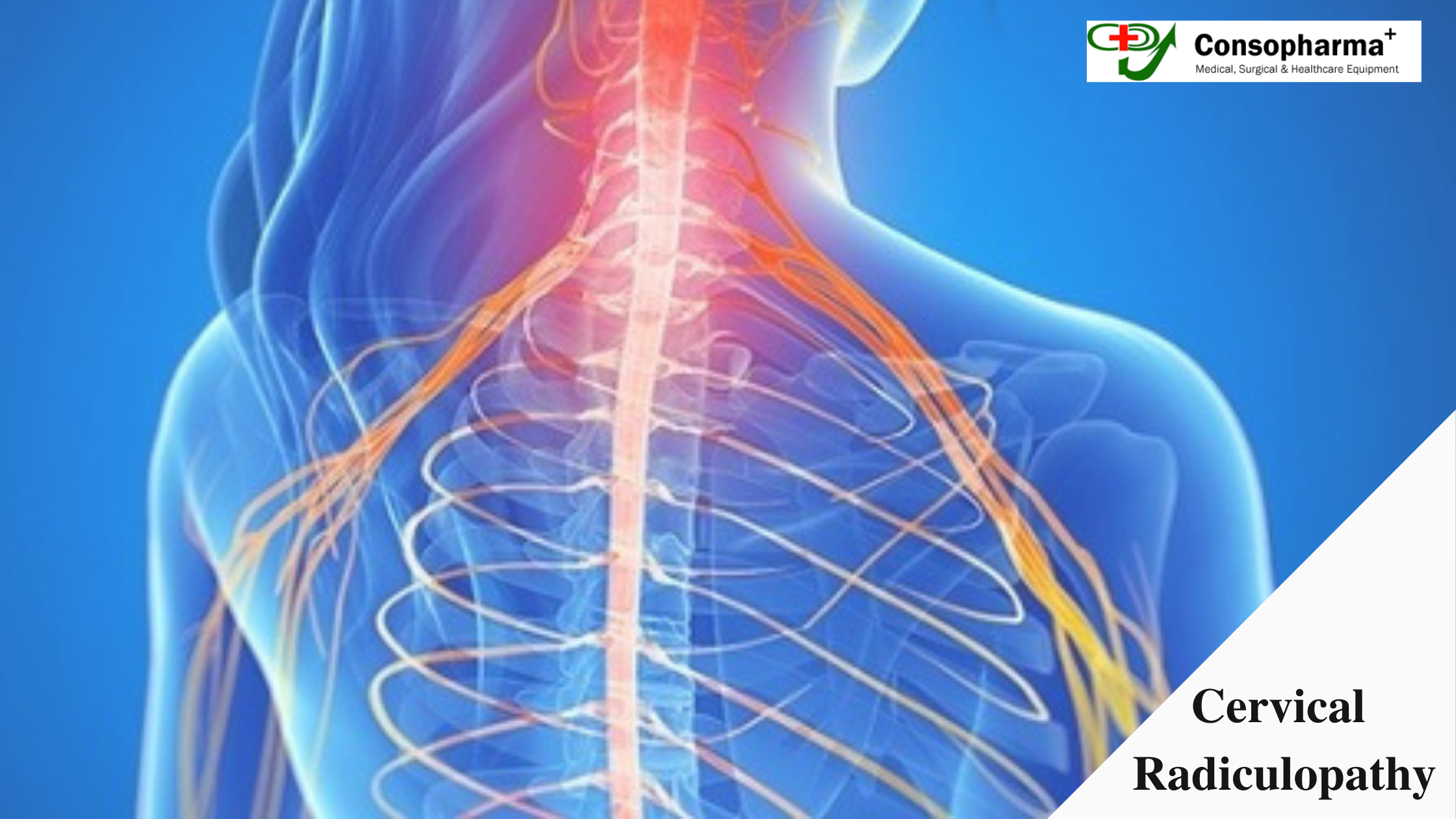External Fixators Advantages and Disadvantages

Orthopedists look for the most efficient and reliable supplier of external fixators, as they want to ensure their patients get the best possible treatment for a fracture. An external fixator is used primarily to stabilize the broken bone and the surrounding soft tissue.
LoThe fixator is fixed using a surgical procedure with the aim to provide unhindered access to the damaged and broken musculosketal tissues not just for the initial assessment, but also for secondary intervention so that the bone gets repaired and soft tissues cover the repaired fracture.
An orthopedic instrument supplier will inform you that external fixators are an alternative to internal fixators, which are placed inside the patient’s body to provide stability to the fractured bone. Usually, orthopedists opt for external fixators when the internal ones are contraindicated. They are primarily used to treat open fractures. These fixators are made from pins and wires that are connected to bars and rings with the help of clamps. They exert compression, distraction or neutral force on the affected bone.
Advantages of External Fixators
These are the pros of using external fixators:
- Minimal loss of blood during installation
- Simple and easy application
- Can be adjusted with ease after the surgery
- Provides easy access to manage and care for the wounds
- Aids in healing of fractures when coupled with exerting weight on the affected bone
Disadvantages of External Fixators
Here are some of the cons of using external fixators that you should be aware of:
- It puts anatomic structures at risk
- Can lead to infection of the sites where the pins and wires enter the body
- Can cause joint contractures
- Extends the time of bone healing
Besides repairing bone fractures, external fixators are also used to lengthen limbs in people with short limbs. In a majority of cases, it is used for lengthening legs, wherein the femur, or the thigh bone, is cut in a surgical procedure and external fixtors are positioned on either side of the fracture to push the two ends of the bone apart in a gradual procedure. The gap gets filled by bone, which grows into the vacant space.
When used repair a fracture, an external fixator is positioned for several weeks, sometimes even months. Usually, fractures heal within six to 12 weeks, but if the fracture is complicated, the healing process can take longer.




